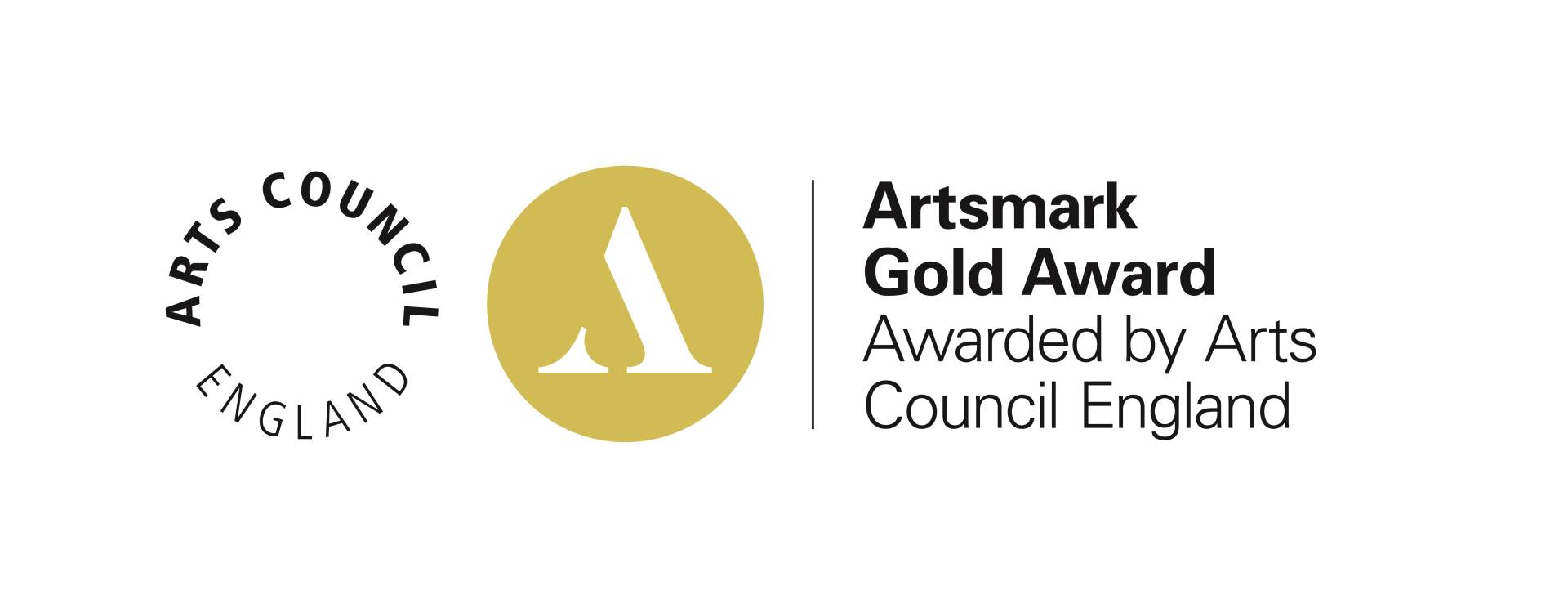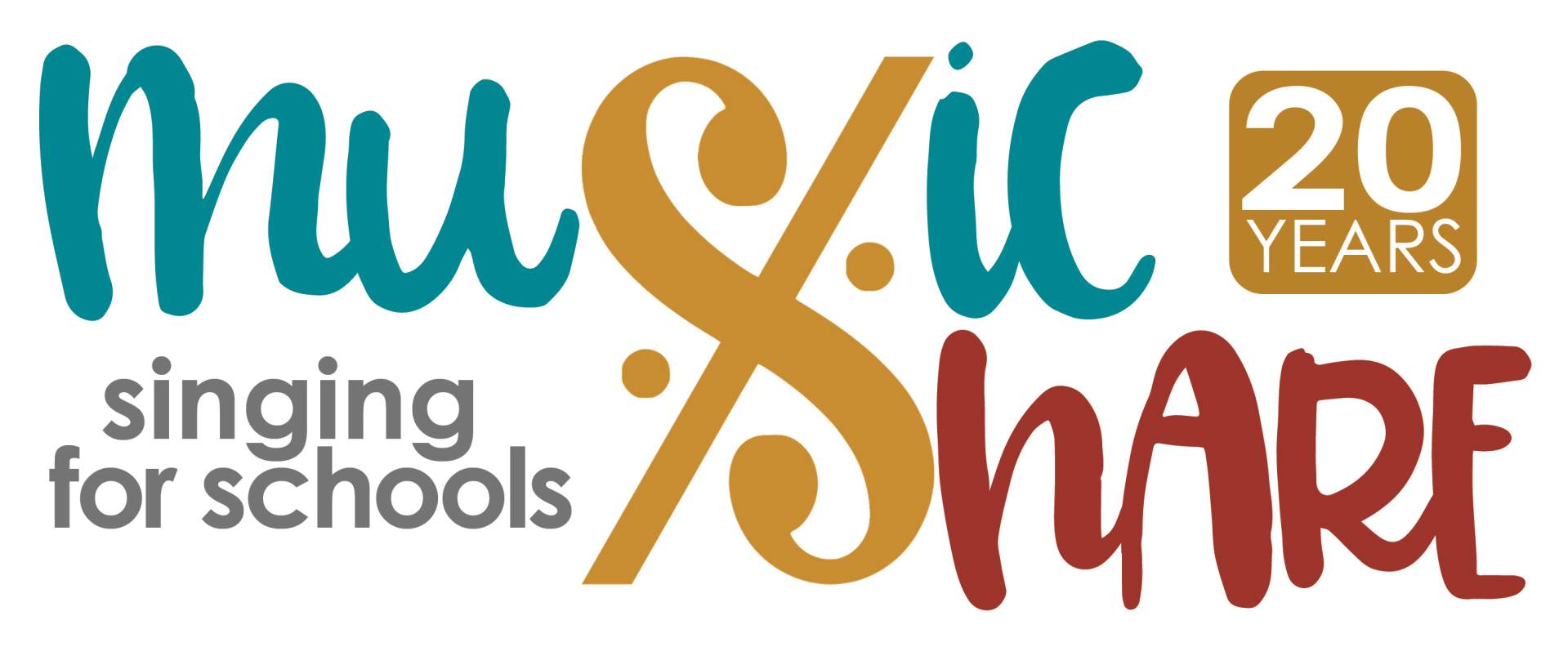7 Reasons Why Small Class Sizes Matter in Private Schools

When parents consider private education for their children, one of the most frequently highlighted benefits is small class size.
But what exactly makes this feature so important? While academic excellence, extracurricular opportunities and state-of-the-art facilities all play a role in shaping a pupil’s education, small class sizes are a powerful driver of student success. Here's why:
1. Individualised Attention
In a smaller class, teachers can give more one-to-one time to each pupil. This means educators can tailor instruction to fit the specific needs, learning preferences and pace of each child. Whether a pupil is excelling and needs more advanced material, or is struggling and requires additional support, small class sizes allow for personalised guidance that just isn’t feasible in larger classrooms.
2. Stronger Pupil-Teacher Relationships
With fewer pupils, teachers can get to know each child on a deeper level. This fosters trust and open communication, making pupils feel seen and valued. It’s not just about lessons, form or registration time is valuable for pastoral support – school should be a trusted space where pupils know they have someone to talk to about any concerns. Strong relationships encourage pupils to participate more freely during lessons and afterschool activities, take academic risks, and approach learning with confidence.
3. Increased Participation and Engagement
In a large classroom, it’s easy for pupils to fade into the background. In smaller settings, every pupil has more opportunities to speak, ask questions, and contribute to discussions. This active involvement leads to better understanding and retention of material, as well as improved public speaking and critical thinking skills. Interactive discussions also teach pupils the value of listening skills, and how to understand and respect views other than their own.
4. Fewer Distractions, Better Behaviour
Smaller classes tend to have fewer behavioural issues. Teachers can more effectively manage the classroom, and pupils are less likely to engage in disruptive behaviour when they are absorbed in a stimulating lesson, enjoy learning, and have a good relationship with the teacher. The result is a more focused and respectful learning environment.
5. Improved Academic Performance
Research consistently shows that pupils in smaller classes perform better academically, especially in the early years. With greater teacher support tailored to the individual and increased participation, pupils are more likely to achieve higher test scores, develop stronger literacy and numeracy skills, and maintain a positive attitude towards school.
6. Flexibility in Teaching
In smaller classes, teachers have the flexibility to explore creative teaching methods, engage in hands-on projects, and dive deeper into topics of interest. They can adapt lesson plans in real time based on pupils’ understanding – something that is much harder to do in a large class. In addition, while private schools usually follow the National Curriculum, they are not bound by it, meaning that additional topics and cross-curricular enrichment projects enhance the pupils’ learning experience.
7. A Stronger Sense of Community
Smaller classes create a more intimate and supportive environment where pupils feel like they belong. They build close friendships, collaborate more effectively, and develop empathy for their peers. This nurturing atmosphere is particularly beneficial during the formative years of education, and helps to smooth the transition to the next year group.
Conclusion
While many factors contribute to a quality education, small class sizes stand out as a key advantage of private schooling. They enable a more personalised, engaging, and effective learning experience that empowers pupils to reach their full potential – academically, socially, and emotionally. For parents seeking a nurturing and high-impact educational setting, small class sizes should be at the top of the list.
Ready to take a tour around Lichfield Cathedral School? Fill in the form below and we will be in contact.














